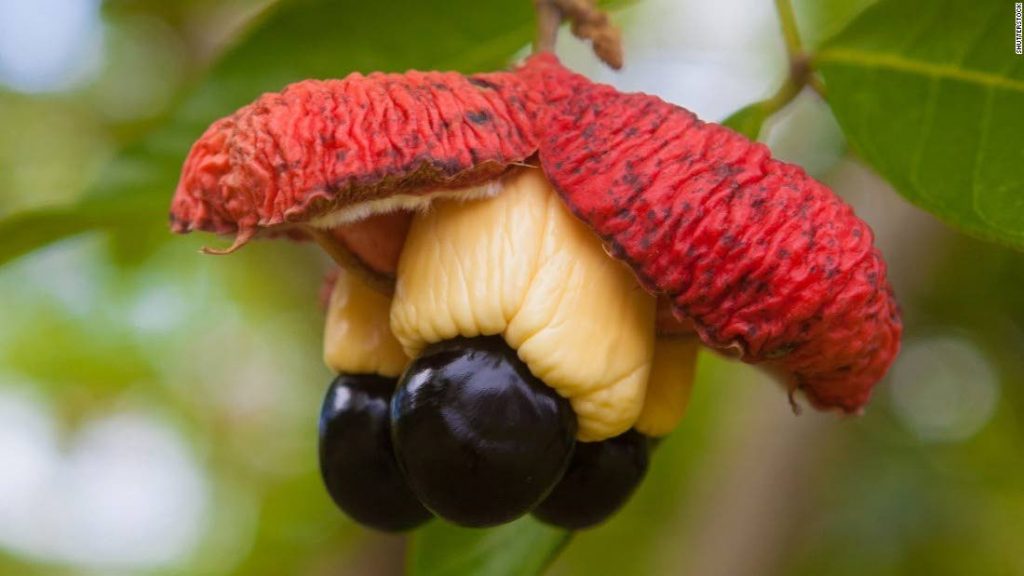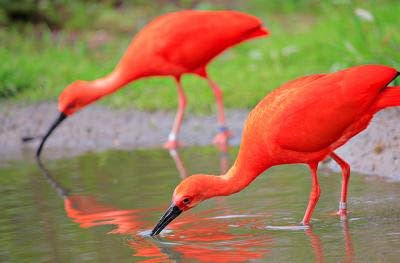Wild, wild meat and then some

I always knew people all over the world have rather rare food options that might be shocking to us here in the Caribbean, and vice versa. For instance, I am pretty sure many people would raise an eyebrow at the thought of cooking oxtail in a thick, dark brown stew—a fall-off-the-bone dish which is one of the most delectable meat dishes as far as Jamaicans are concerned (and Trinis.).
But at no point did I realise some even more unusual delicacies – some which go as far back as early Amerindian migration – are consumed in the region.
As I was driving to Maracas Bay with some friends one day, in the middle of the road lay a massive green iguana.
Firstly, this was unusual for me because in all my life in Jamaica, I did not see as many iguanas as I saw in my first month in Trinidad. One actually came into my room here, probably attracted by a fake plant I had in a corner. That was funny and a little frightening at the same time. It must have been about four feet long, including its tail.
The second unusual factor was that one of my friends said, “That looks fresh, it will be gone in a few minutes.”
For a millisecond I thought TT had a rapid-response road-kill removal team – but after my audible “Huh?” I learnt it meant within a few minutes, some random passerby would pick up this freshly killed meat.
I remember reading about the native Caribbean settlers eating iguanas and agoutis, but I had no idea iguanas were still eaten by many present-day Caribbean people.
In my usual research, I came across a fact I had never explored: how did they even get here? Biologists believe iguanas spread throughout the region by floating on clumps of tree debris, covering distances of at least 200 miles. Some sources also said Amerindians helped in spreading the reptiles among the islands, bringing them on journeys between islands as a source of food.
I am yet to eat iguana meat. But I heard I would not have attended a proper river lime if I didn’t eat some freshly curried iguana or duck. Ducks are also widely eaten in Trinidad.
I had my first curried duck meat just a few weeks after arriving and it was delicious: a bit like chicken, but with a very different, much softer texture.
Then there’s manicou. Popular in South America, it’s also known as common opossum or black-eared opossum and looks the way I’d imagine the offspring of a mongoose and a rat. This is one meat I can say I am unlikely to partake of. It reminded me of stories my father told me as a child, of people eating bush rat soup, said to be good for coughs and colds.

Photo courtesy CNN
In Jamaica, a rare food which may seem bizarre to the rest of the world is the ackee fruit. Brought to Jamaica by West Africans, it’s part of the national dish, ackee and saltfish. Ackee has a texture almost like avocado (pear in Jamaica, zaboca in Trinidad) and has a light, buttery flavour. Many people find it odd that Jamaicans eat ackee because it’s actually poisonous until the skin of the fruit opens. Then a poisonous gas is released, leaving the fruit ready to be picked and cooked.
But back to rare regional meats: last but not least is the national bird of TT, the scarlet ibis. It’s also found around the deltas of the Amazon and Orinoco rivers and is among the most regal birds to witness in flight.
But the blood-red bird, which is protected, is also hunted. After coming to TT and seeing them, it was hard to imagine why they would be seen as desirable for their meat.

But in July, Minister of Agriculture Clarence Rambharat warned against poaching the bird, and said the violation would result in a $100,000 fine – showing the extent to which they’re hunted.
As I continue to wander around TT, I hear more stories of other things that I would never imagine being eaten. It reminds me of how interesting our differences can be from place to place in this vast world, and how travelling even a few islands down the chain can introduce someone to concepts they have never before experienced.


Comments
"Wild, wild meat and then some"